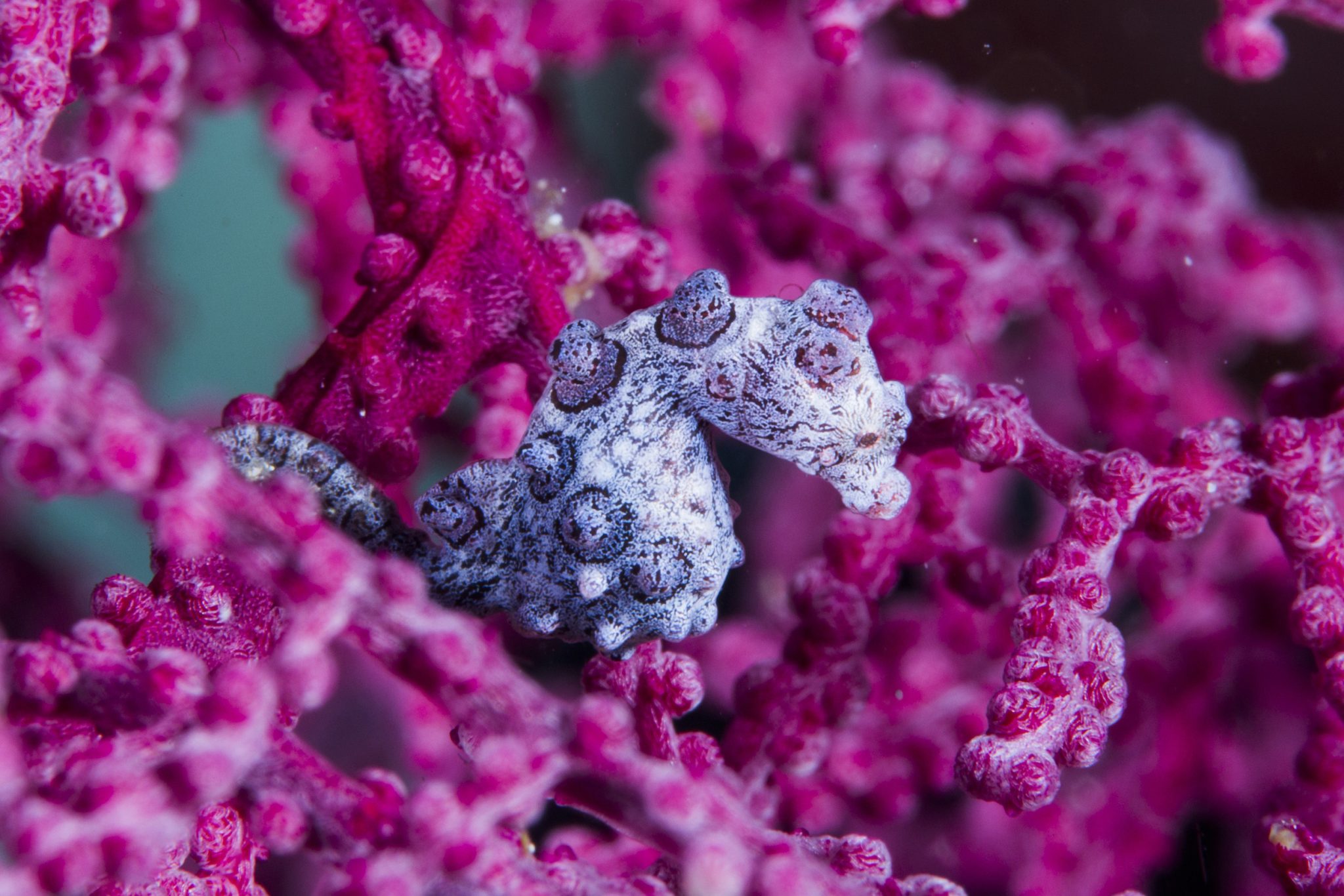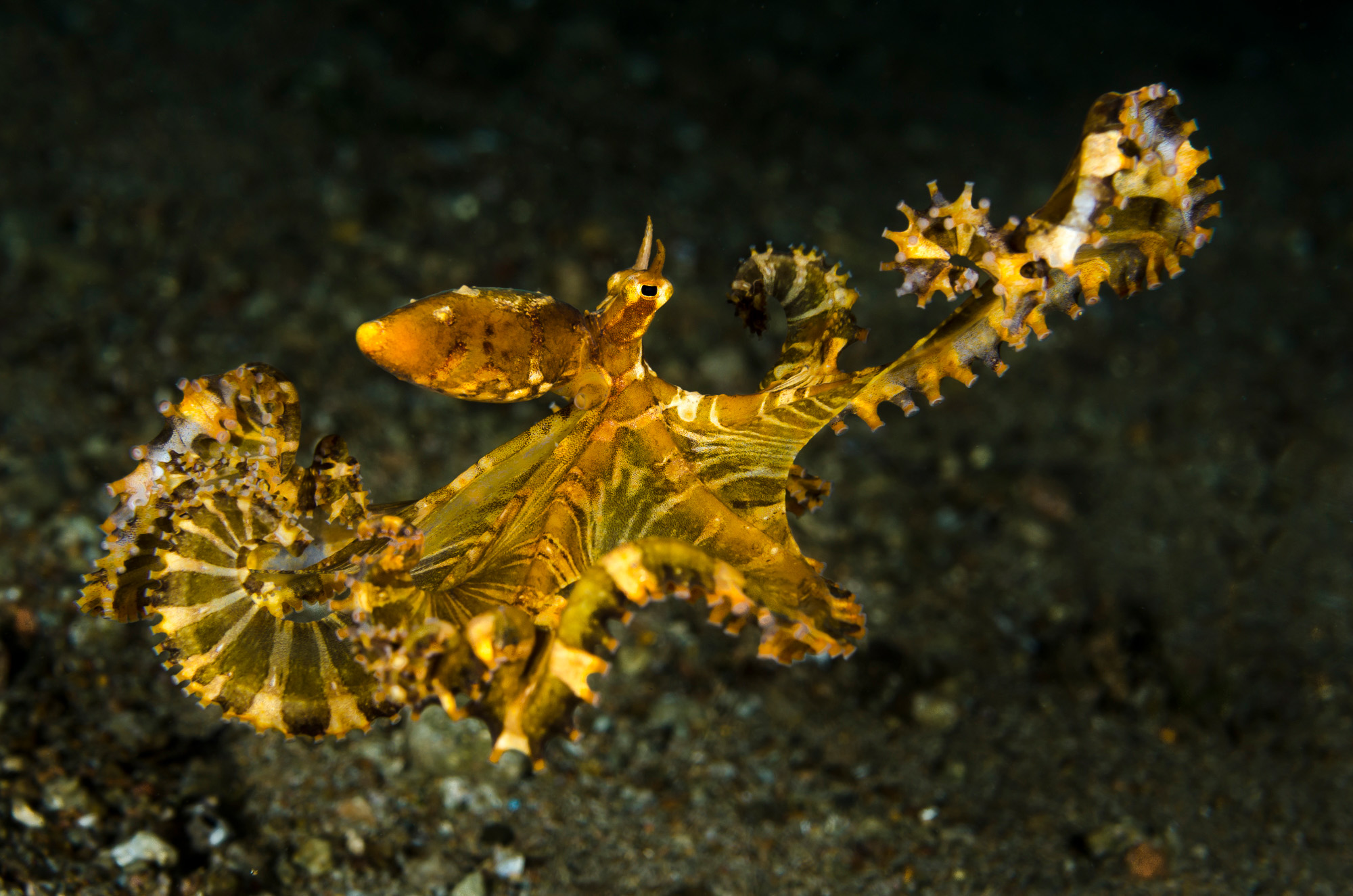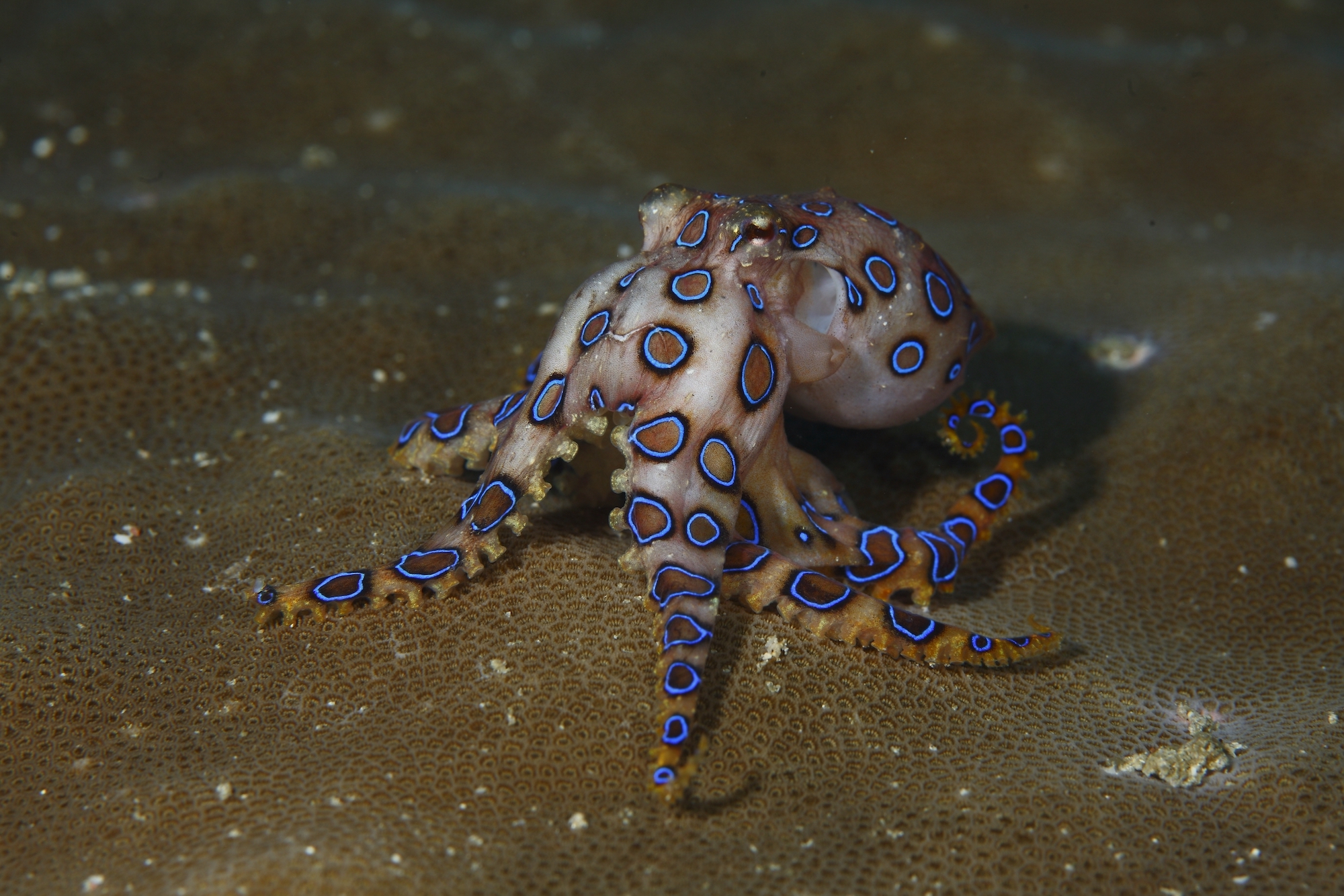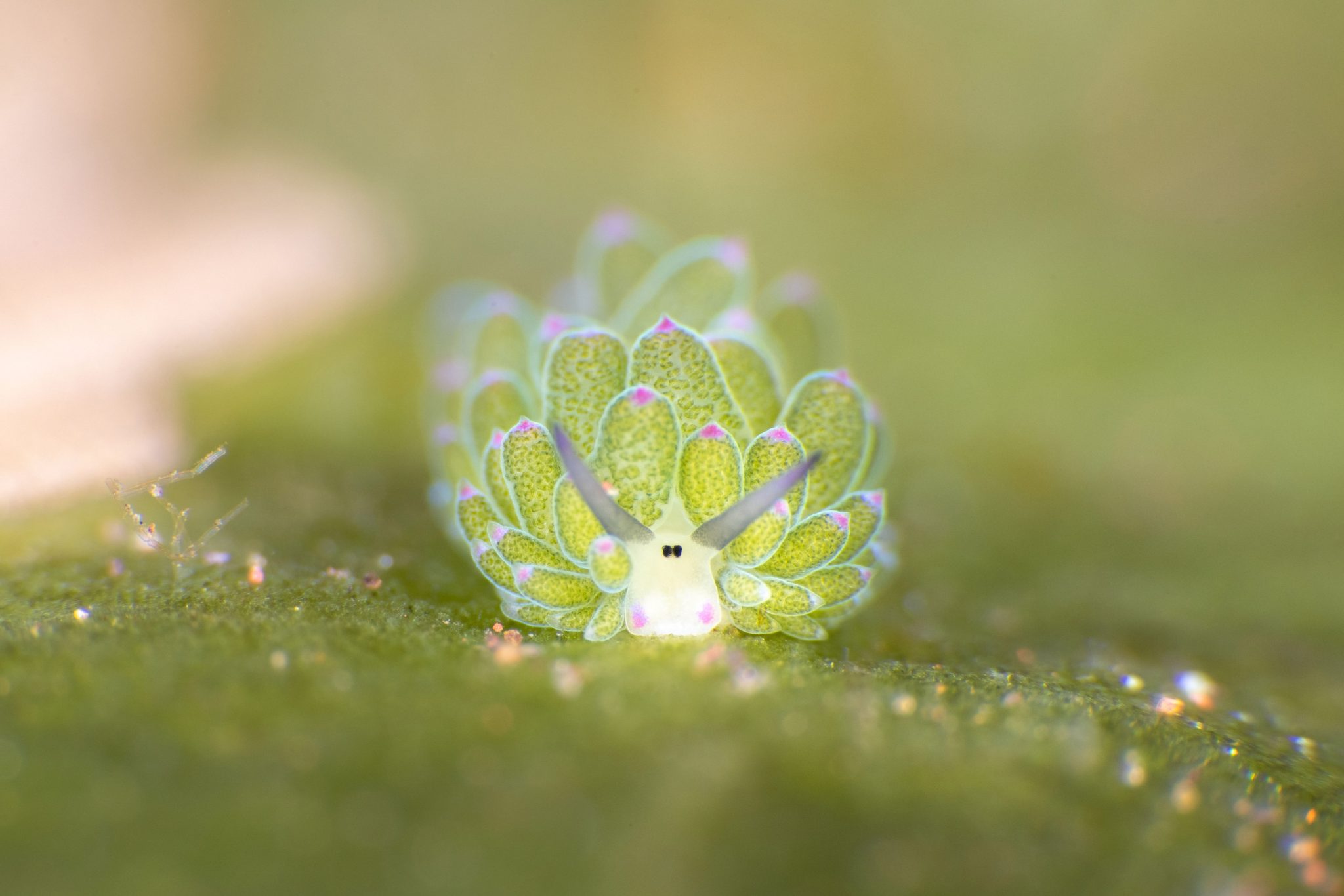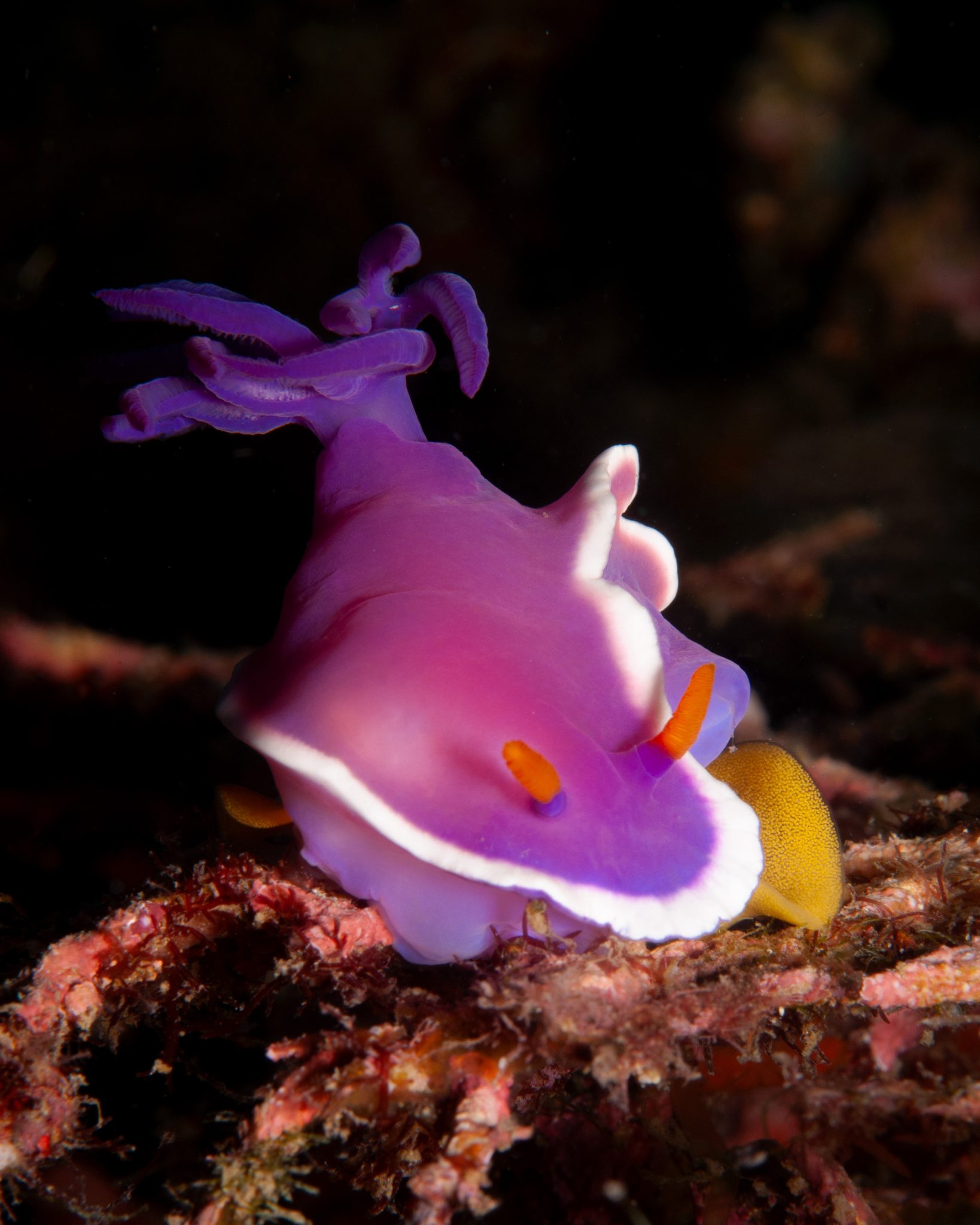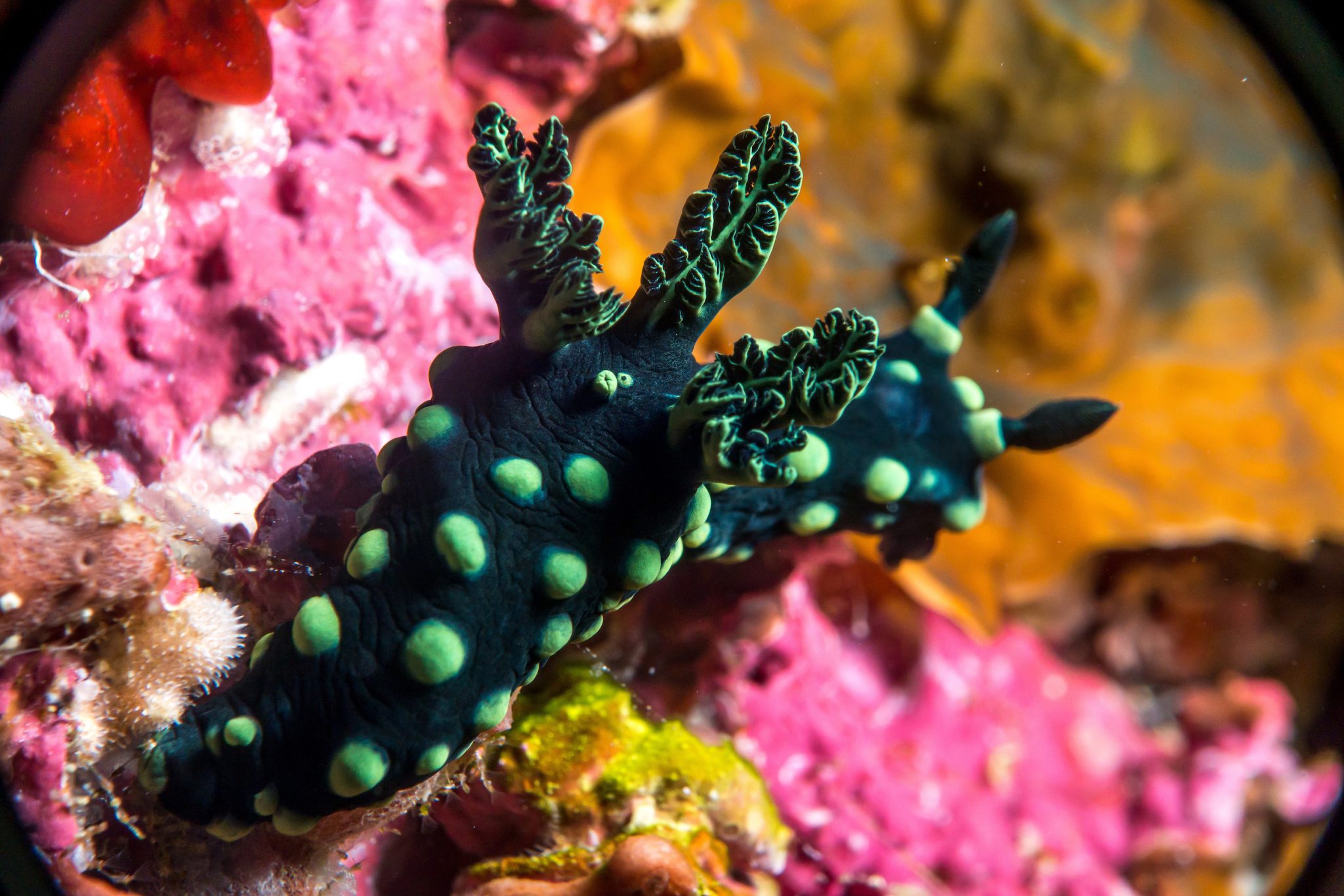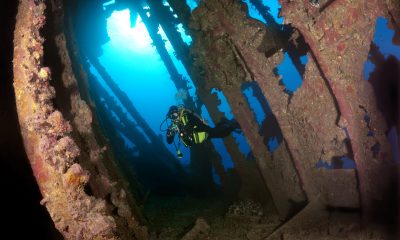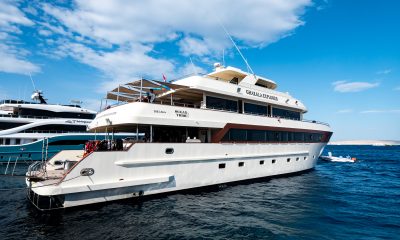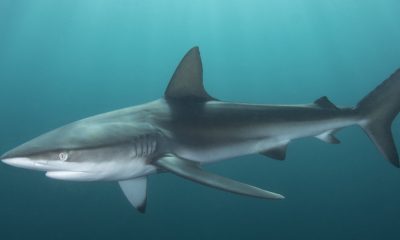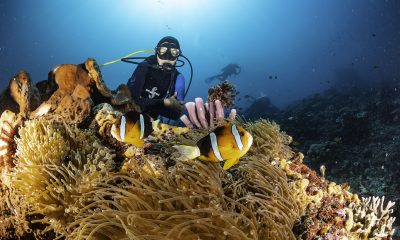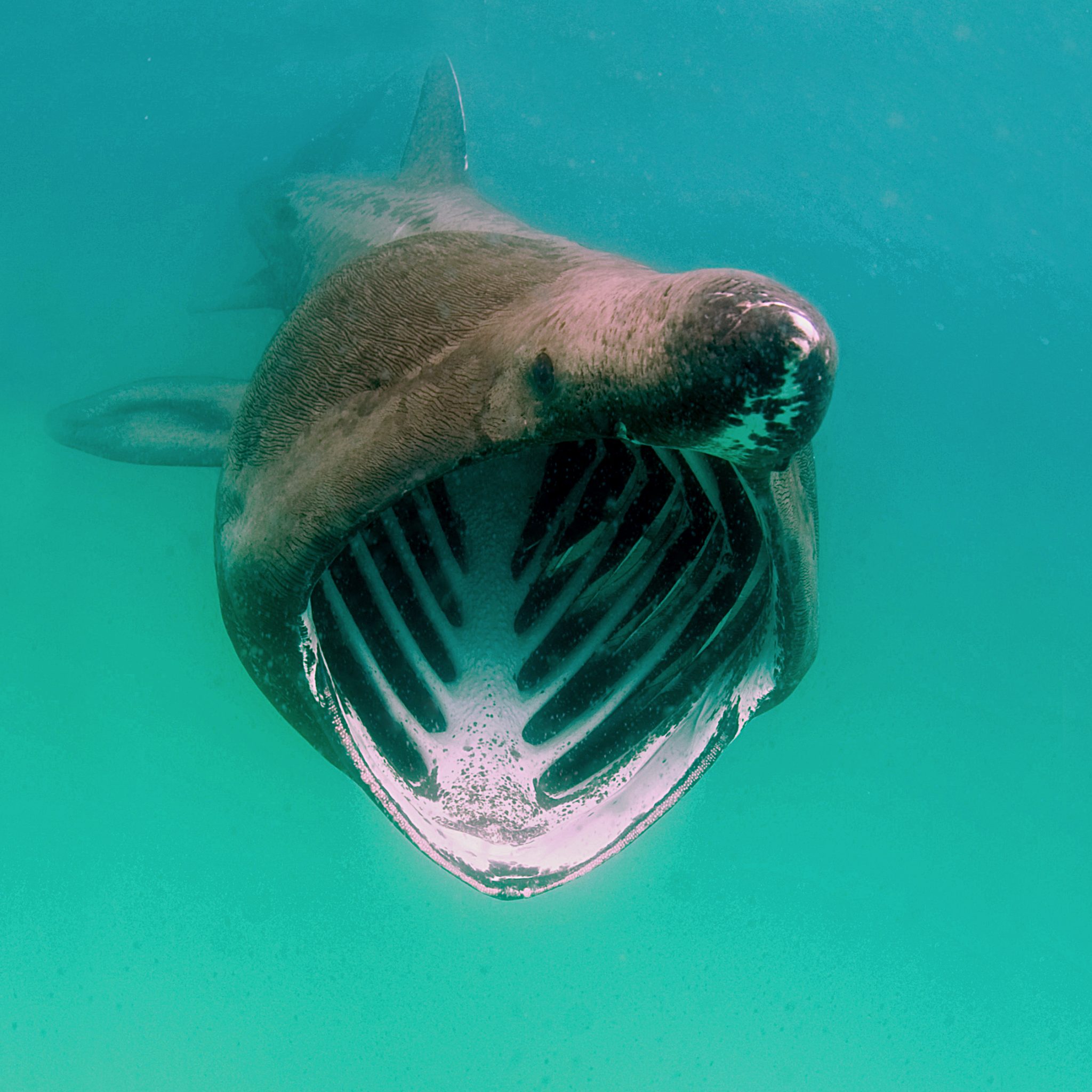News
Philippines Fun-Size: Critters and macro life
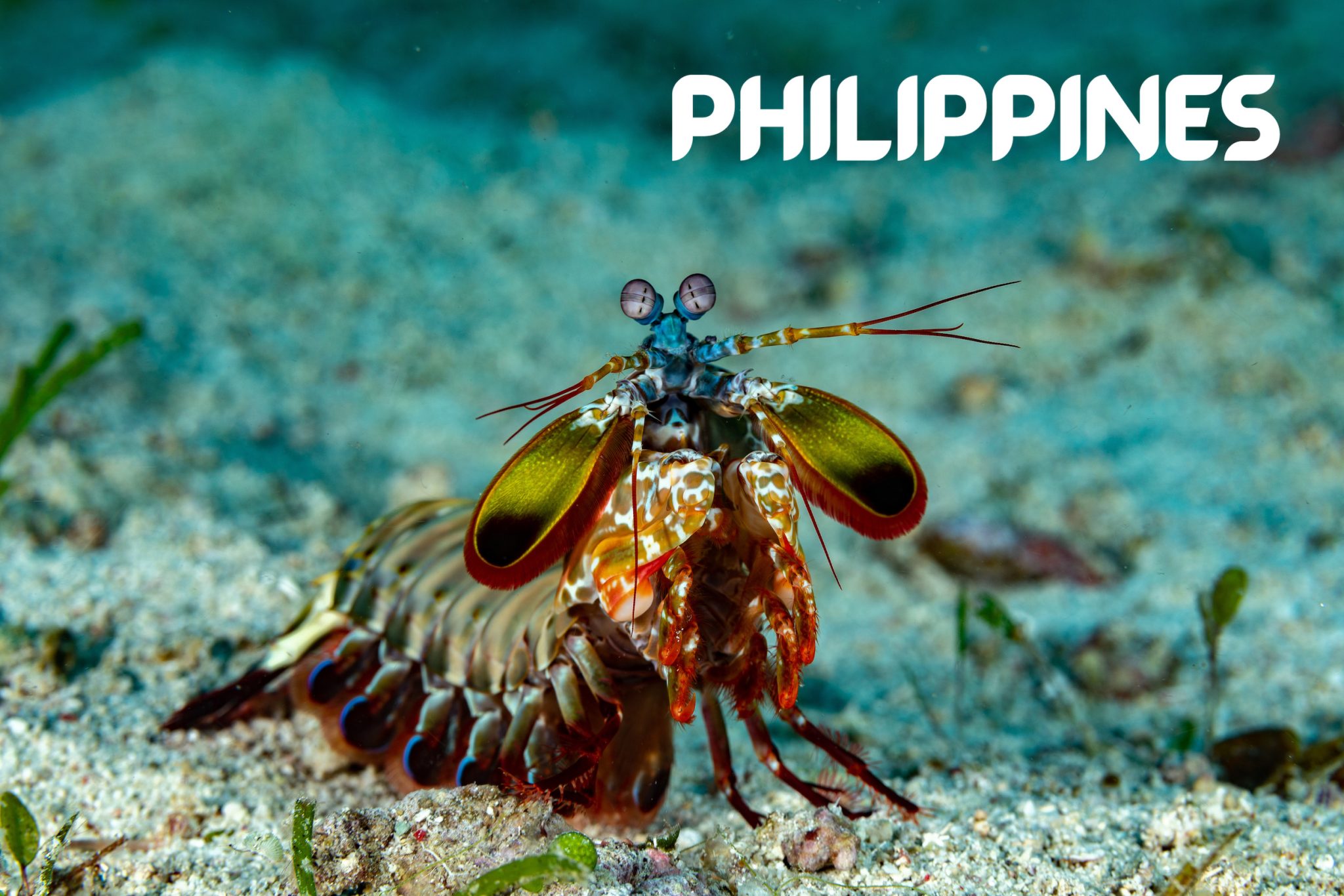
Guest Blog By Cath Bates
Instructor and Sales Consultant Cath, from Dive Worldwide, gives a rundown of some of the top areas for macro life in the Visayas region of the Philippines.
The volcanic and tectonic activity around the western Pacific Ocean has formed a nutrient-rich environment for some of the strangest marine critters to call their homes.
The Visayas region is within the central part of the Philippines – a colony of islands that are very easy to get around, with Luzon and Mindoro to the North, and Mindanao to the South. Although many divers rave about this being Big Fish Country (thanks to the thresher sharks of Malapascua and the whale sharks of Oslob and Donsol), it is also a macro diver’s paradise.
The diversity within this area of the Coral Triangle means that within a few days you can go from diving steep walls, being cushioned by sea grass beds, hovering over sandy plateaus, or getting lost amongst hard coral heads, to suddenly being cuddled by lush, fluffy coral colonies.
Pygmy Seahorses, Mandarin Fish and more in Bohol and Anda
Anda (on the eastern side of Bohol) has a coastline that is 15 kilometres of incredible biodiversity. Dive sites are between 5 and 45 minutes away from your resort house reef. Seahorse Point and Pygmy House dive sites are home to Pygmy seahorses that balance delicately on their bendy sea fan hosts. No bigger than 2.7 centimetres in length, the pink Bargibanti and yellowish Denise are protected by the Pygmy Seahorse Code of Conduct, displayed in all good dive centres.
The island of Bohol also has nudibranchs on steroids and carpet flatworms patterned with psychedelia that would make even the most open-minded hippy have a weird trip! Night dives reveal sea pens, swimming crabs, sand eels and egg cowrie.
At dusk you can enjoy the Mandarin fish courtship dance. This is a flamboyant event with two of the most colourful fish in the sea, whose names come from the dress of the Imperial Chinese Mandarin. The female Mandarin fish is joined at the pelvic fin by a male that she has deemed worthy of her attention. At rocket speed, they swim from their rubble or staghorn coral habitat high up in the water column to release hundreds of eggs and sperm.
Out-of-this-world Shrimps, Crabs and Lobsters in Moalboal
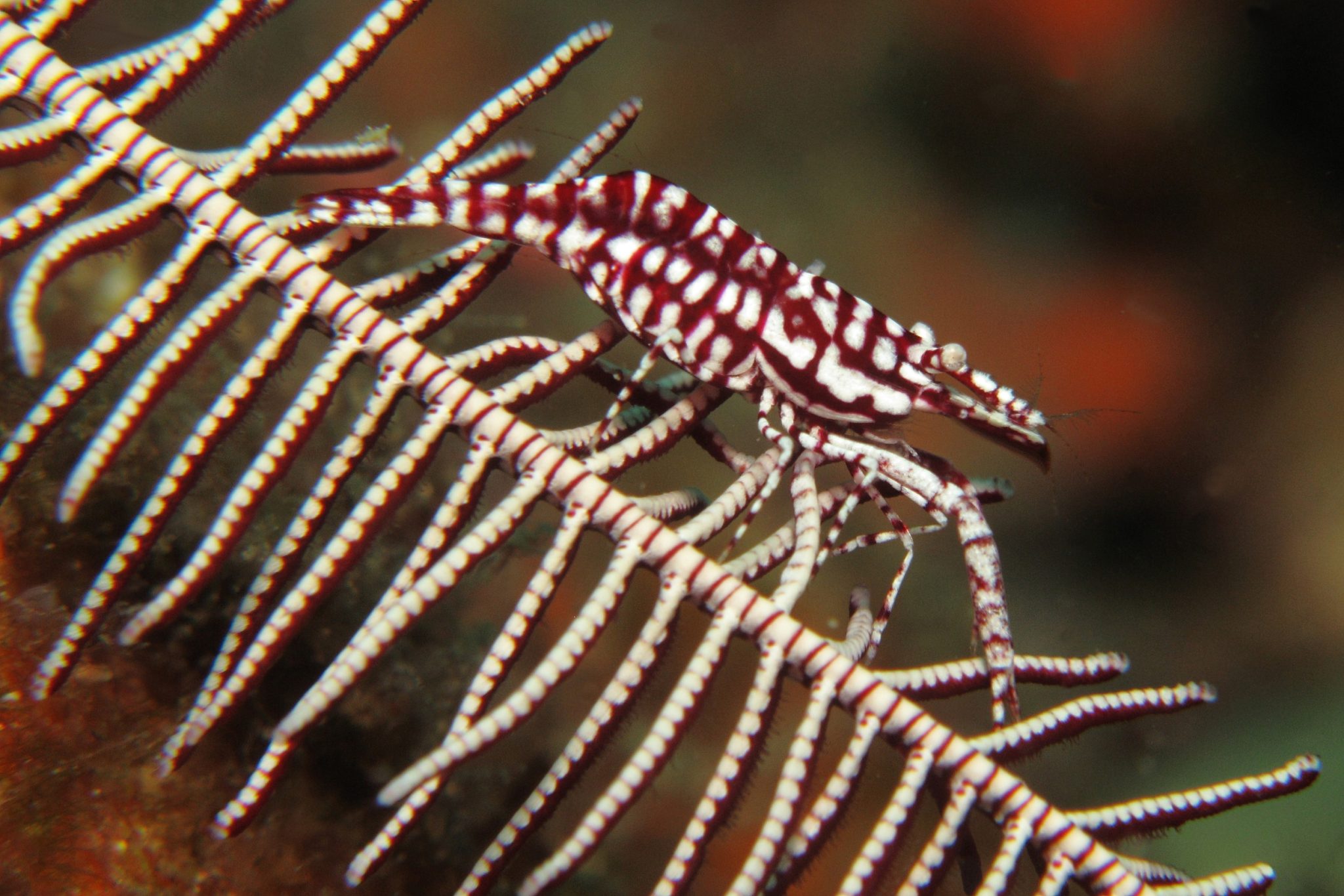
The Tanon Strait connects the Visayan Sea to the Bohol Sea. This is where you will find the island of Moalboal (meaning bubbling water). Best known for the dramatic drop offs of Pescador island and local sardine baitball, Moalboal also has a vast array of macro dive sites.
At Copton Point, Peacock mantis shrimps scuttle about, changing direction the way Austin Powers drives his luggage cart, and Kasai Wall’s hairy orangutan crabs duck and dive in bubble anemone like they are in a child’s ball pool. Masters of disguise, the crinoid shrimp and squat lobster cling motionless to their spikey homes, avoiding being dive-bombed by hungry reef fish.
At Fish Feeding (where they don’t of course feed the fish) Tozuma shrimp and Xeno crabs adorn whip corals like bosses, and punkish candy crabs decorate themselves with broccoli coral hats.
Masters of camouflage in Dumaguete/Dauin
Negros Island has the Sulu Sea to the west and Cebu to the East. This is a mountainous province, and Negros Oriental’s capital city Dumaguete is known as the “City of Gentle People”. There is a narrow channel between it and the island of Cebu, as well as the deep Negros trench. Such topography can only mean good things for divers! The Dauin coastline boasts some of the best critter diving in the region.
At Secret Corner in octopus season (October to December) you can expect to see blue ring, Mototi, wonderpus and algae octopus crawling stealth-like over the sand. These are camouflage masters who occasionally flash colour and cut some textured shapes to warn or to decorate. You may even be lucky enough to witness mating within this period.
During Frogfish February you can see all the usual suspects like painted, hairy and sargassum as well as pin-head sized juveniles. The Atmosphere Resort and Spa house reef has a vibrant yellow guy who has even been filmed for television!
Shaun the Sheep is a loveable name given to the Costasiella kuroshimae sea slug. Not much bigger than a grain of sand, the likeness to a certain plasticine animation is uncanny. They graze on a leaf-like algae, containing chlorophyll, and are otherwise known as the “sap-sucking” sea slug because of this. Take a magnifying glass with you to catch a better glimpse of these cute creatures.
Colourful Critters in Malapascua
Famous for its larger “shoals”, Malapascua also has some exquisite reefs and seamounts that are teeming with macro life. Along the white sandy coastline are hidden muck sites that many pelagic-lovers wouldn’t even know were there. Even on the shipwrecks around Malapascua, you can find the world of the tiny: shrimp patrolling the holds, schooling glassfish shielding gangways and bright mauve Hypselodoris laying their egg skirts.
The pinnacle known as Bugtong Bato is home to various types of frogfish, nudis and carpet anemone, keeping crabs and anemone shrimp safe from the current.
Chocolate island, to the south-west in the Visayan Sea, is a popular night dive location where double-snouted spindle cowrie, flatworms and banded boxer shrimp clock in for the night shift on a background of pulsating soft corals.
Gato Island is a grassy seamount poking out of the sea 45 minutes north-west of Malapascua. The island is well known for its swim-throughs and overhangs where you can expect to find Pharaoh cuttlefish, thorny seahorse and broad-banded pipefish. It also sounds like a cake, which is a winning formula for most divers!
Diving holidays for macro, muck and critter lovers
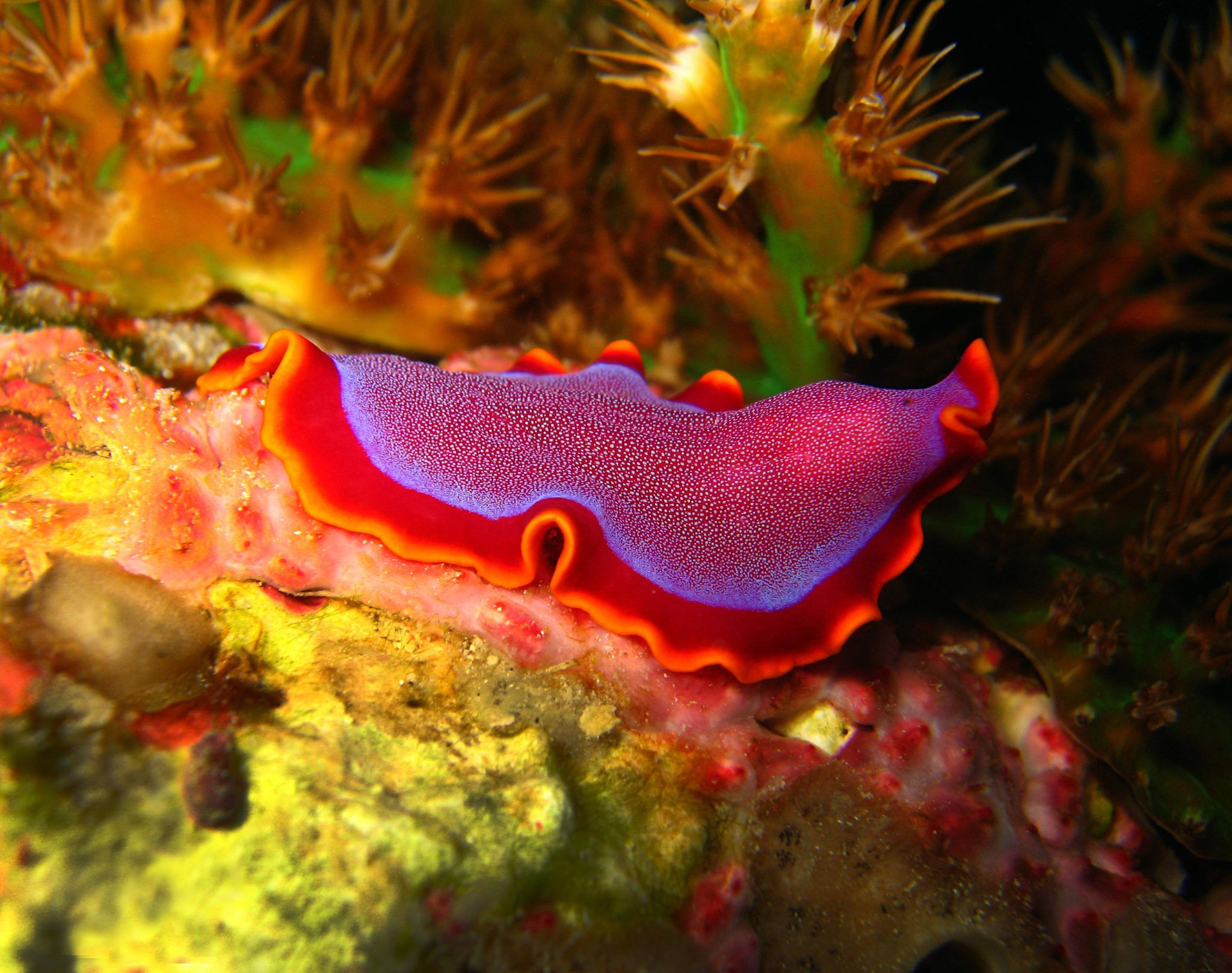 Below are some inspirational trip ideas from the Dive Worldwide website for getting to the best macro meccas in the Philippines. Not all the dive sites are beautiful to the eye at first glance, like muck and rubble, but what lies within them are some of the most vibrant and fascinating creatures you ever did see!
Below are some inspirational trip ideas from the Dive Worldwide website for getting to the best macro meccas in the Philippines. Not all the dive sites are beautiful to the eye at first glance, like muck and rubble, but what lies within them are some of the most vibrant and fascinating creatures you ever did see!
Discover the Visayas
This popular itinerary includes dives in Malapascua, Monad Shoal and the Moalboal peninsula.
Visayas Liveaboard
Access some of the best diving locations in the Philippines by liveaboard, including Dauin, Balicasag, Pescador and Malapascua.
Island Hopping Dive Safari
A stress-free diving adventure exploring stunning islands in the Visayas. An excellent choice for viewing macro life and pelagics.
Magic Dive Experience
Experience the magic of the Philippines! This trip combines two dedicated dive resorts in the Visayas – expect superb reefs, turtles, and exceptional macro life.
Dive Into Luxury
A luxury island-hopping itinerary, spending five nights in two of the Visaya region’s finest dive resorts – Atmosphere Resort & Spa and Amun Ini.
 If you are interested in any of these trips, please get in touch with the friendly team of travel consultants and diving experts at Dive Worldwide or call 01962 302 087. You can also subscribe to Dive Worldwide’s regular enewsletter.
If you are interested in any of these trips, please get in touch with the friendly team of travel consultants and diving experts at Dive Worldwide or call 01962 302 087. You can also subscribe to Dive Worldwide’s regular enewsletter.
Blogs
Northern Red Sea Reefs and Wrecks Trip Report, Part 2: Wall to Wall Wrecks
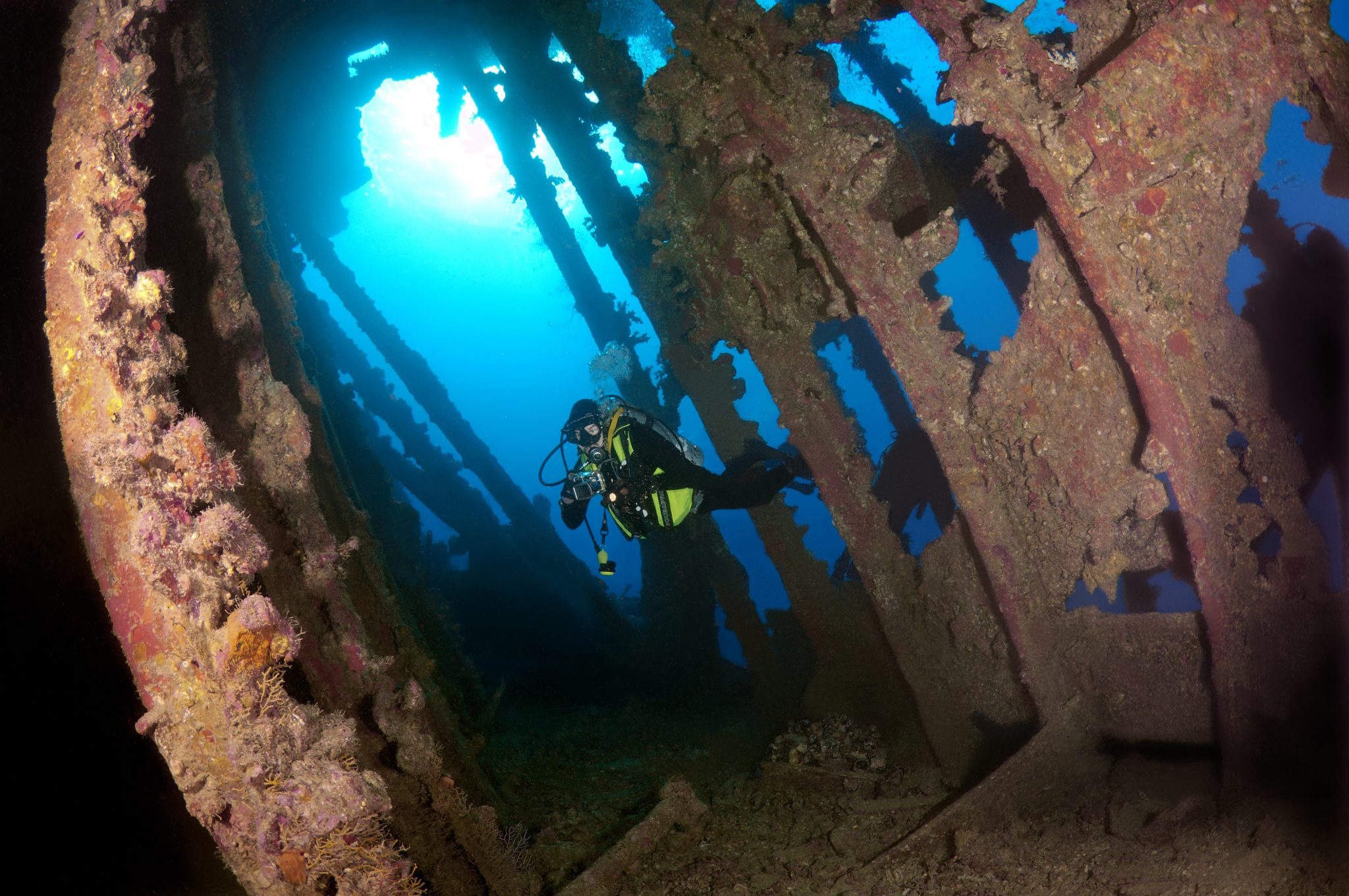
Jake Davies boards Ghazala Explorer for an unforgettable Red Sea diving experience…
The second day’s diving was a day full of wreck diving at Abu Nuhas, which included the Chrisoula K, Carnatic, and Ghiannis D. The first dive of the day was onto the Chrisoula K, also known as the wreck of tiles. The 98m vessel remains largely intact where she was loaded with tiles which can be seen throughout the hold. The stern sits at 26m and the bow just below the surface. One of the highlights of the wreck is heading inside and seeing the workroom where the machinery used for cutting the tiles are perfectly intact. The bow provided some relaxing scenery as the bright sunlight highlighted the colours of the soft coral reef and the many reef fish.
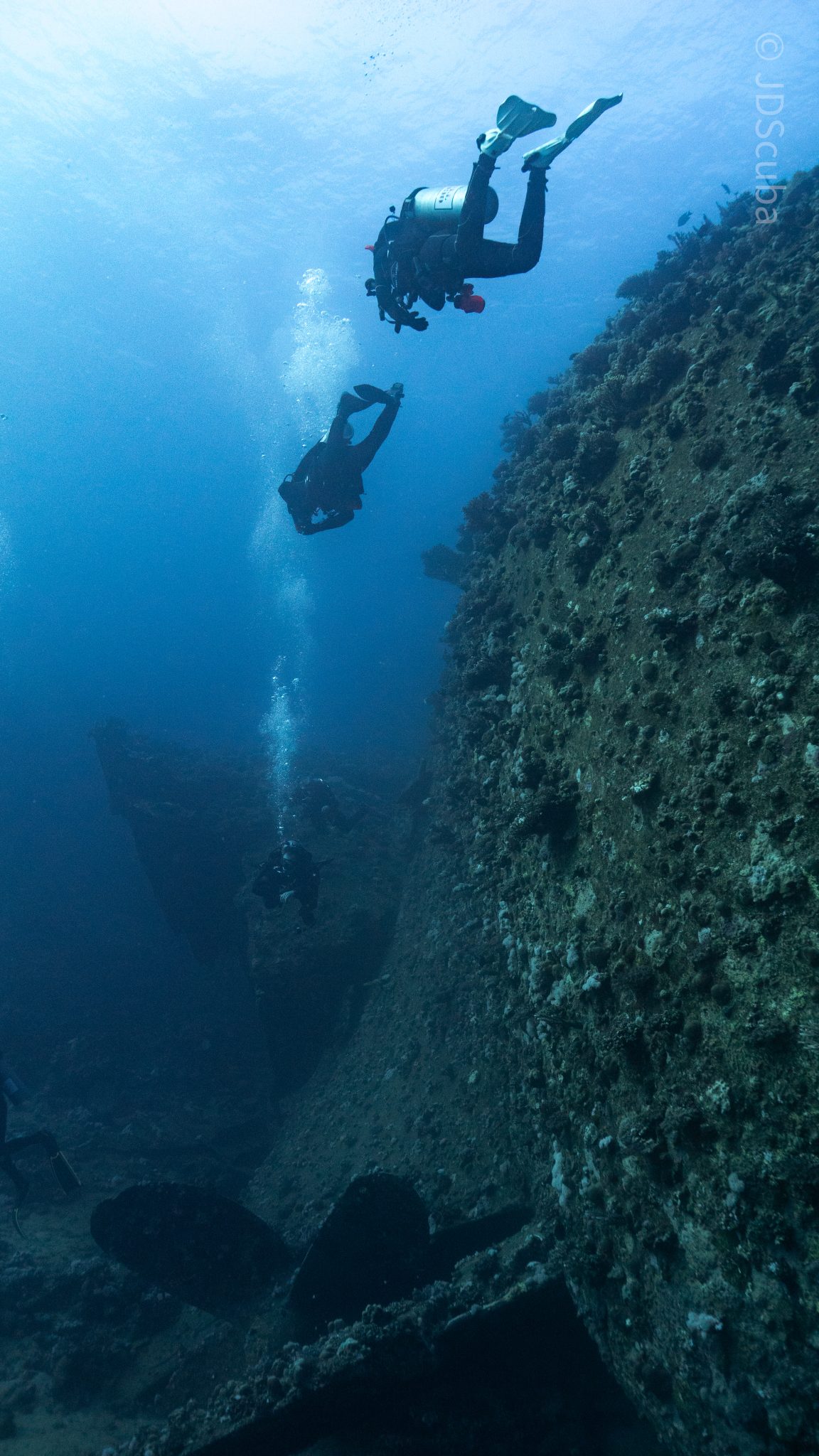
Following breakfast, we then headed to the next wreck, which was the Carnatic. The Carnatic is an 89.9m sail steamer vessel that was built in Britain back in 1862. She ran aground on the reef back in 1869 and remains at 27m. At the time, she was carrying a range of items, including 40,000 sterling in gold. An impressive wreck where much of the superstructure remains, and the two large masts lay on the seafloor. The wooden ribs of the hull provide structures for lots of soft corals, and into the stern section, the light beams through, bouncing off the large shoals of glass fish that can be found using the structure as shelter from the larger predators that are found outside of the wreck.
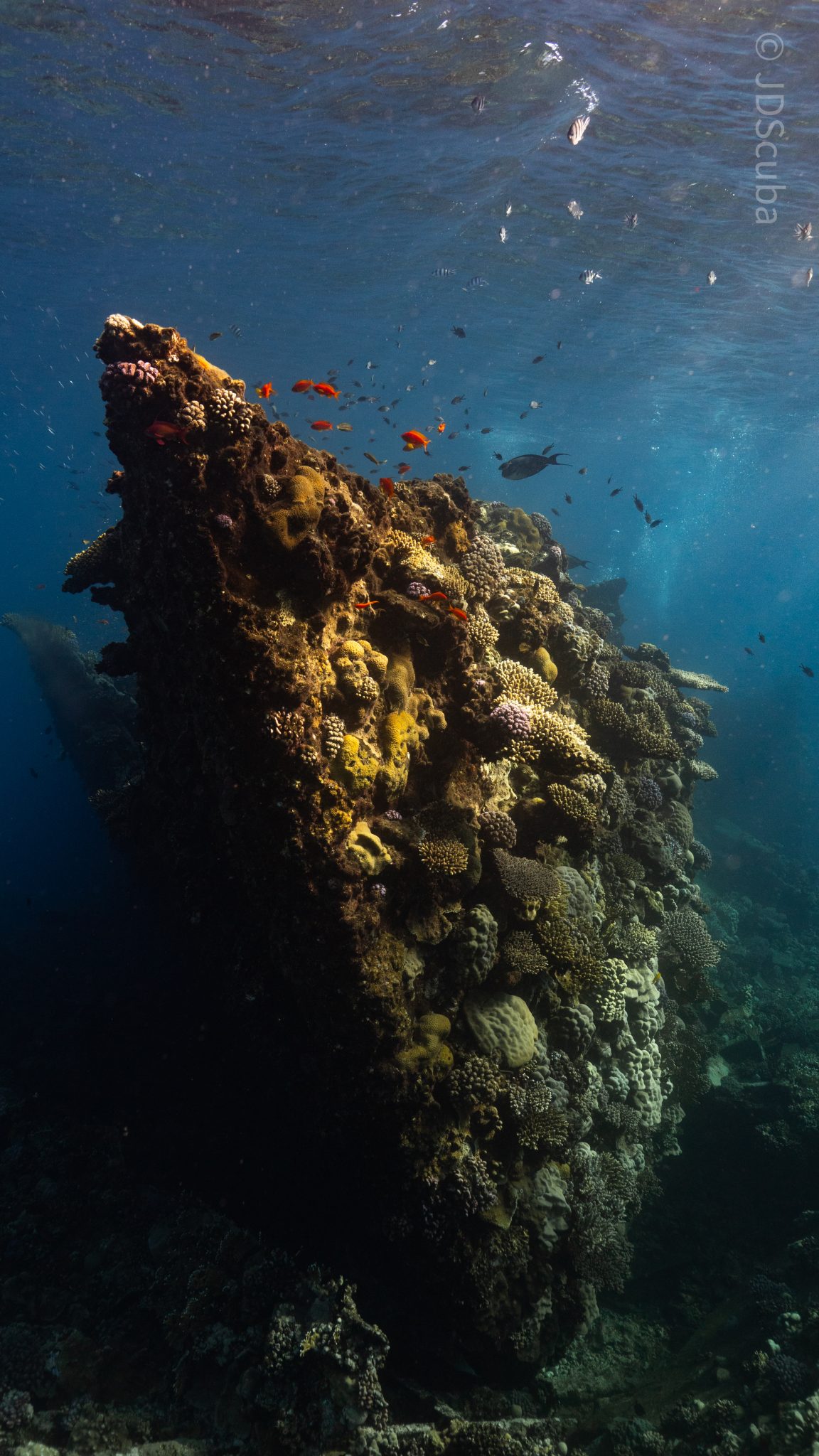
The final wreck at Abu Nuhas was the Ghiannis D, originally called ‘Shoyo Maru,’ which was 99.5m long and built in Japan back in 1969 before becoming a Greek-registered cargo ship in 1980. The ship then ran aground on the reef on April 19th, 1983, and now sits at the bottom at a depth of 27m. Heading down the line, the stern of the ship remains in good condition compared to the rest of the hull. The highlight of the wreck, though, is heading into the stern section and down the flights of stairs to enter the engine room, which remains in good condition and is definitely worth exploring. After exploring the interior section of the ship, we then headed over to see the rest of the superstructure, where it’s particularly interesting to see the large table corals that have grown at the bow relatively quickly considering the date the ship sank. After surfacing and enjoying some afternoon snacks, we made sure everything was strapped down and secured as we would be heading north and crossing the Gulf of Suez, where the winds were still creating plenty of chop.
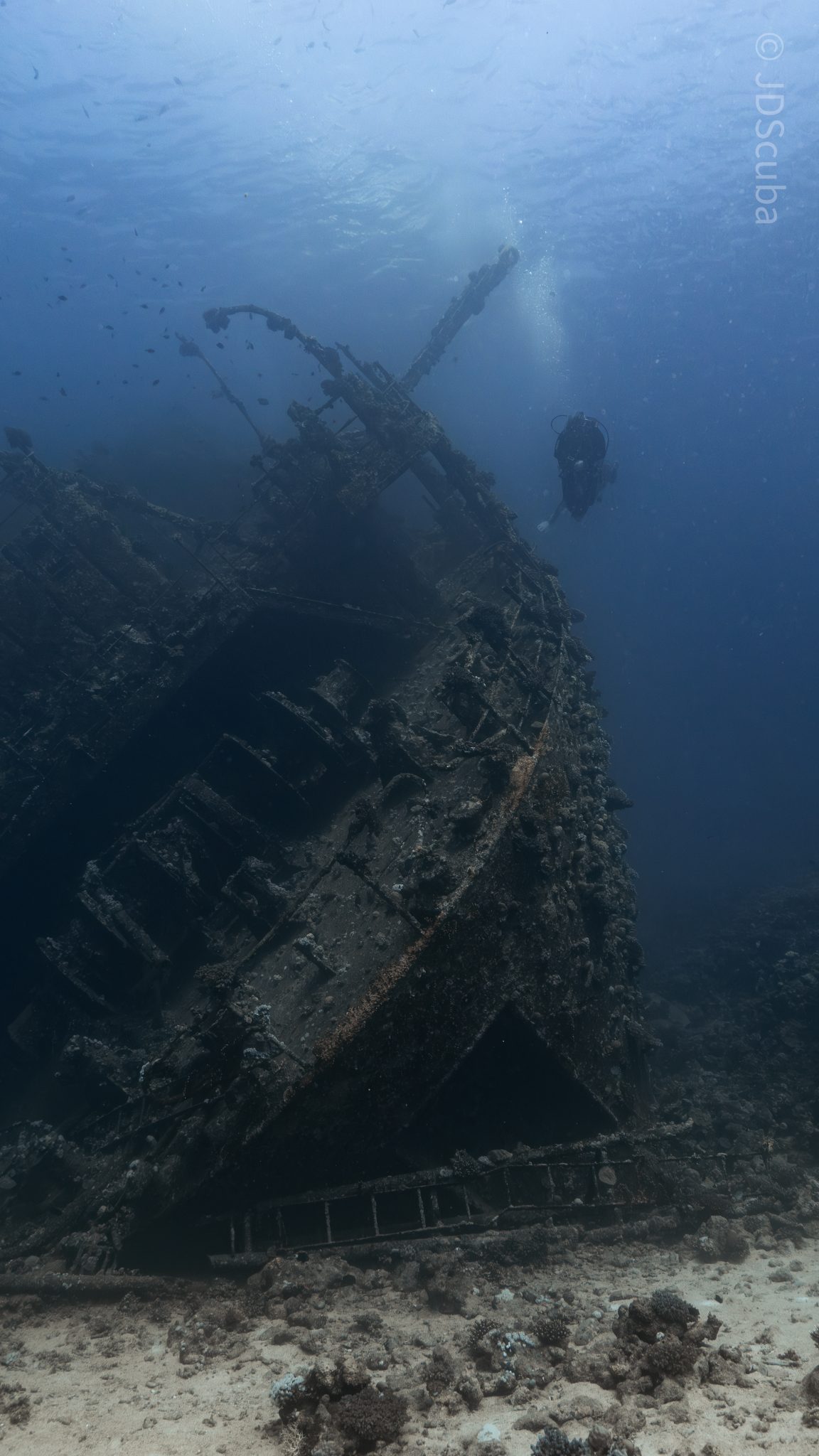
The next morning, it was a short hop to Ras Mohammed Nature Reserve for the next couple of days of diving. The 6am wake-up call came along with the briefing for the first site we would be diving, which was Shark & Yolanda. The low current conditions allowed us to start the dive at Anemone City, where we would drift along the steep, coral-filled wall. These dives involved drifts, as mooring in Ras Mohammed wasn’t allowed to protect the reefs. As a dive site, Shark & Yolanda is well-known and historically had a lot of sharks, but unfortunately not so many in recent years, especially not so early in the season. However, there was always a chance when looking out into the blue.
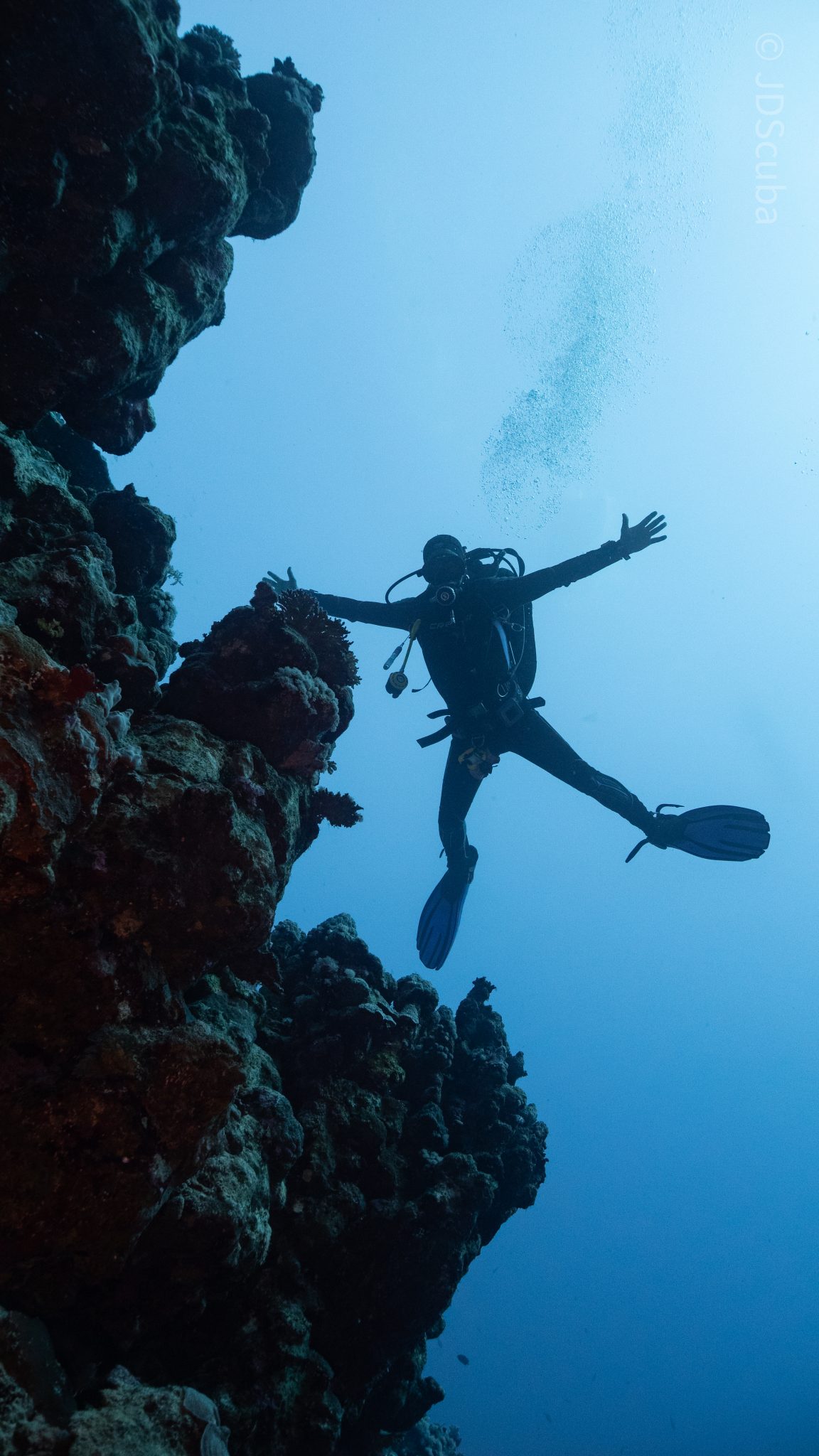
The gentle drift took us along the steep walls of the site, with plenty of anemone fish to be seen and a huge variety of corals. It wasn’t long into the dive before we were accompanied by a hawksbill turtle, who drifted with us between the two atolls before parting ways. Between the two reefs, the shallow patch with parts of coral heads surrounded by sand provided the chance to see a few blue-spotted stingrays that were mainly resting underneath the corals and are always a pleasure to see. With this being the morning dive, the early sunlight lit up the walls, providing tranquil moments. Looking out into the blue, there was very little to be seen, but a small shoal of batfish shimmering underneath the sunlight was a moment to capture as we watched them swim by as they watched us.
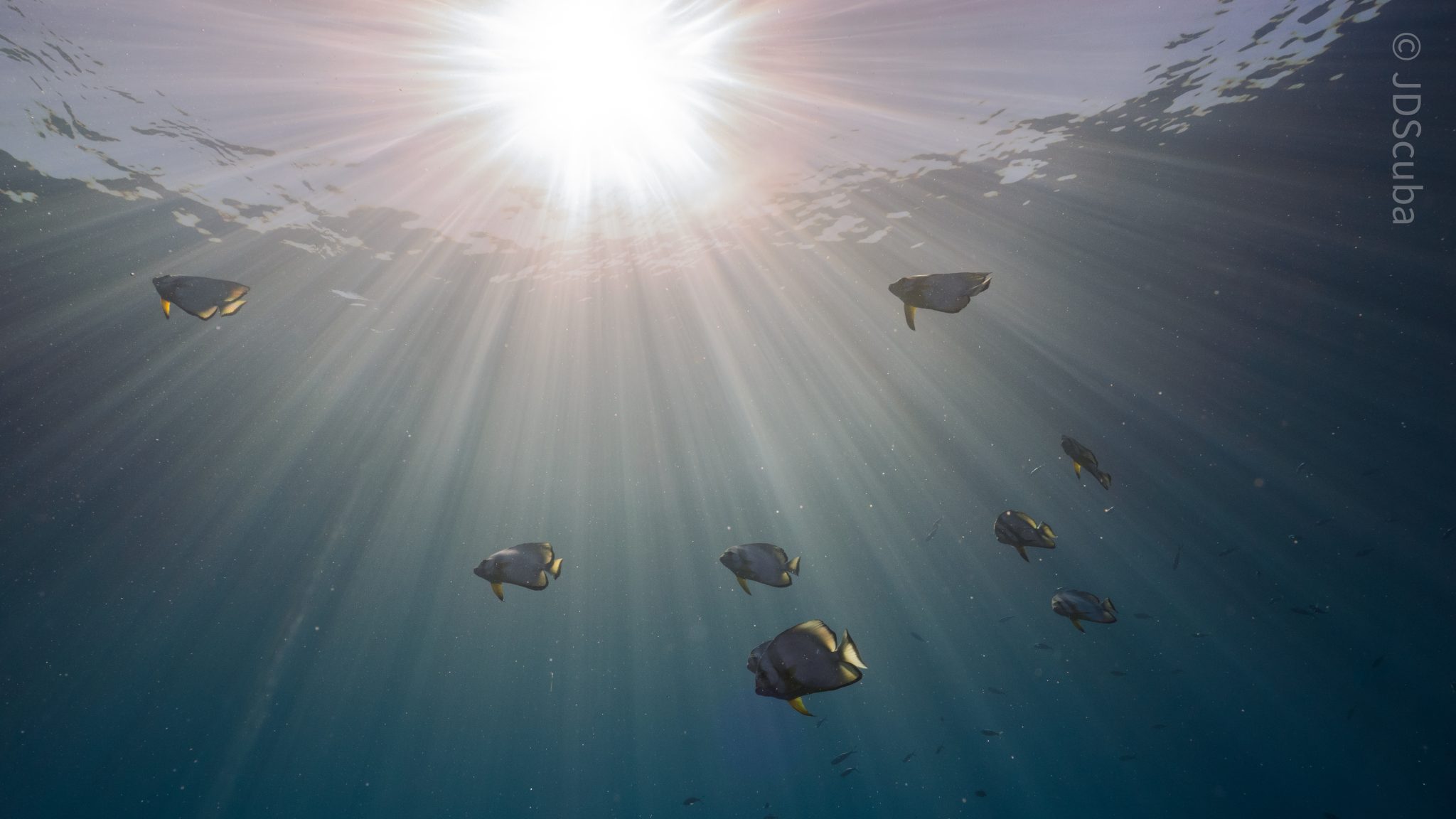
Towards the end of the dive, we stopped at the wreck of the Jolanda where the seafloor was scattered with toilets from the containers it was carrying. This provided a unique site to make a safety stop, which was also accompanied by a large barracuda slowly swimming by, along with a hawksbill turtle calmly swimming over the reef as the sun rays danced in the distance.
For the next dive, we headed north to the Strait of Tiran to explore the reefs situated between Tiran Island and Sharm El Sheik, which were named after the British divers who had found them. We started on Jackson before heading to Gordons Reef, where we also did the night dive. All the atolls at these sites provided stunning, bustling coral reefs close to the surface and steep walls to swim along, which always provided the opportunity to keep an eye out for some of the larger species that can be seen in the blue. Midwater around Jackson Reef was filled with red-toothed triggerfish and shoals of banner fish, which at times were so dense that you couldn’t see into the blue. Moments went by peacefully as we enjoyed the slow drift above the reef, watching these shoals swim around under the mid-afternoon sun.
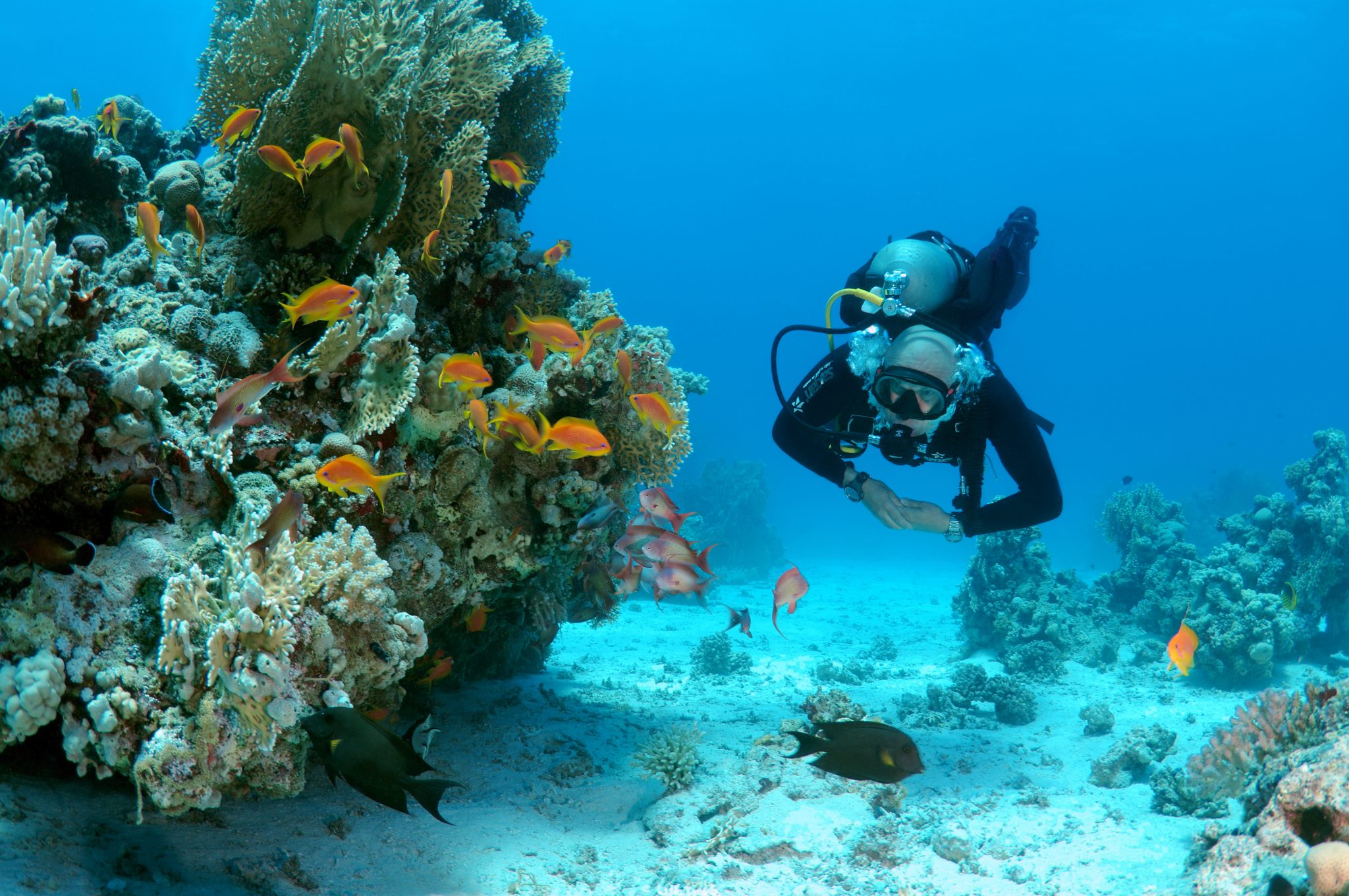
The night dive at Gordon’s Reef was mainly among the stacks of corals surrounded by sand, which was great to explore under the darkness. After some time circling the corals, we came across what we were really hoping to find, and that was an octopus hunting on the reef. We spent the majority of the dive just watching it crawl among the reef, blending into its changing surroundings through changes in colour and skin texture. It’s always so fascinating and captivating to watch these incredibly intelligent animals, in awe of their ability to carry out these physical changes to perfectly blend into the reef. Before we knew it, it was time to head back to the boat to enjoy a well-deserved tasty dinner prepared by the talented chefs onboard.
Check in for the 3rd and final part of this series from Jake tomorrow!
To find out more about the Northern Red Sea reef and wrecks itineraries aboard Ghazala Explorer, or to book, contact Scuba Travel now:
Email: dive@scubatravel.com
Tel: +44 (0)1483 411590
Photos: Jake Davies / Avalon.Red
Marine Life & Conservation
Double Bubble for Basking Sharks
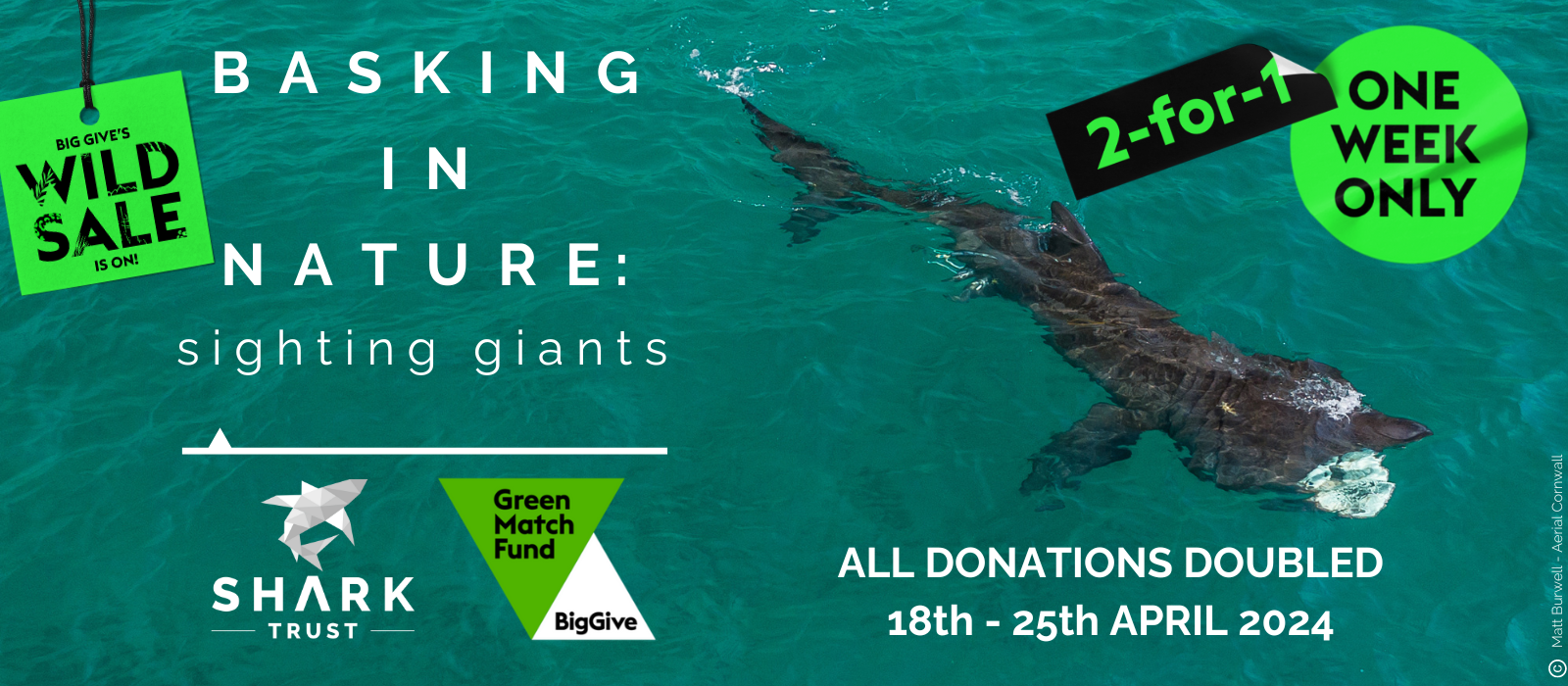
 The Shark Trust is excited to announce that, for two more days only, all donations, large or small, will be doubled in the Big Give Green Match Fund!
The Shark Trust is excited to announce that, for two more days only, all donations, large or small, will be doubled in the Big Give Green Match Fund!
Donate to Basking in Nature: Sighting Giants
The Shark Trust is hoping to raise £10k which will be doubled to £20k. This will go towards Basking in Nature: Sighting Giants. And they need YOUR help to reach they’re goal.
The Shark Trust’s citizen science project is to monitor and assess basking sharks through sightings; encouraging data collection, community engagement, and promoting nature accessibility. This initiative aims to enhance health and wellbeing by fostering a deeper connection with British Sharks.
Campaign Aims
- Increase citizen science reporting of Basking Sharks and other shark sightings to help inform shark and ray conservation.
- Provide educational talks about the diverse range of sharks and rays in British waters and accessible identification guides!
- Create engaging and fun information panels on how to ID the amazing sharks and rays we have on our doorstep! These can be used on coastal paths around the Southwest. With activities and information on how you can make a difference for sharks and rays!
- Promote mental wellbeing through increasing time in nature and discovering the wonders beneath the waves!
Donate, and double your impact. Click Here
-
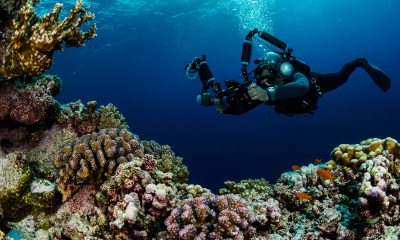
 News3 months ago
News3 months agoHone your underwater photography skills with Alphamarine Photography at Red Sea Diving Safari in March
-
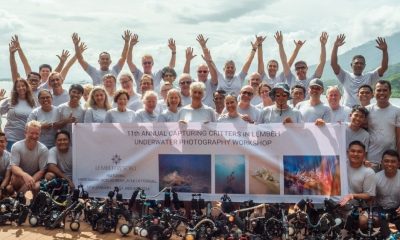
 News3 months ago
News3 months agoCapturing Critters in Lembeh Underwater Photography Workshop 2024: Event Roundup
-
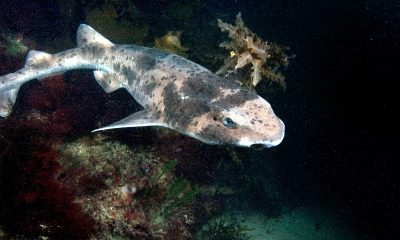
 Marine Life & Conservation Blogs2 months ago
Marine Life & Conservation Blogs2 months agoCreature Feature: Swell Sharks
-
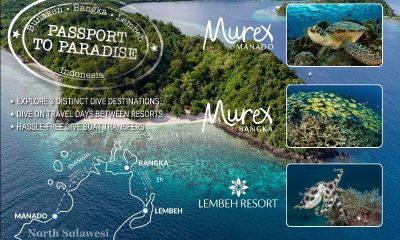
 Blogs2 months ago
Blogs2 months agoMurex Resorts: Passport to Paradise!
-
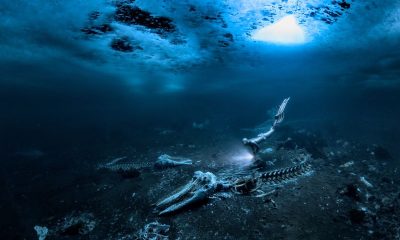
 Blogs2 months ago
Blogs2 months agoDiver Discovering Whale Skeletons Beneath Ice Judged World’s Best Underwater Photograph
-

 Gear Reviews2 months ago
Gear Reviews2 months agoGear Review: Oceanic+ Dive Housing for iPhone
-
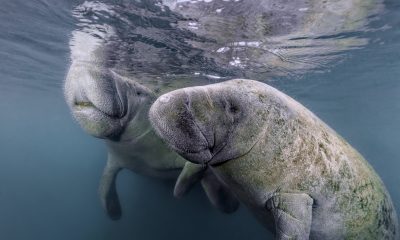
 Marine Life & Conservation2 months ago
Marine Life & Conservation2 months agoSave the Manatee Club launches brand new webcams at Silver Springs State Park, Florida
-
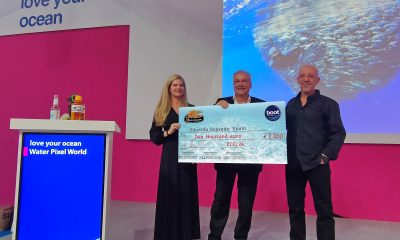
 News3 months ago
News3 months agoWorld’s Best Underwater Photographers Unveil Breathtaking Images at World Shootout 2023


